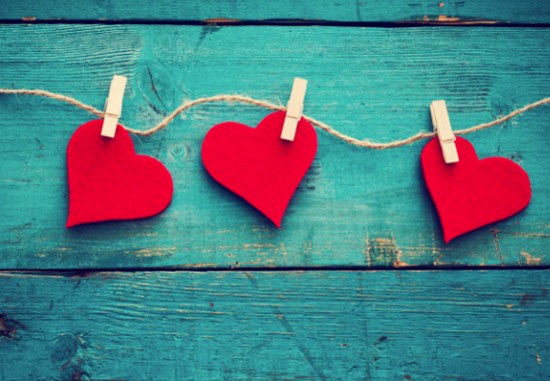Yesterday was Valentine’s Day and for many, this Hallmark Card and chocolatier annual event is seen as a holiday of sorts. When I got in the elevator in our building, a passenger who rode with me wished me a Happy Valentine’s Day. I was surprised that Valentine’s Day was seen by that person to be an actual day of celebration.
Valentine’s Day did make me reminisce about the first time I met my wife. We will be married 50 years this coming May. That first “meet cute” was over a telephone line. We were set up to have a blind date by two mutual acquaintances.
For younger readers, blind dates before personal computers and smartphones provided the equivalent service to sites like Harmony. Instead of computer programs facilitating introductions, friends or acquaintances who thought two people were right for each other would facilitate an initial connection.
I remember that first phone call. My wife’s voice instantly attracted me. Maybe it’s the musician in me but her tone and the way she sounded had me instantly smitten. When we met a week later, talking to her reinforced that same feeling. Six months later we were engaged. Three years later we married. I have known her for more than two-thirds of my life and the feeling has never gone away.
That’s why an article appearing on the University of Washington’s news website on February 9th entitled “Valentine’s Day: Love is a state of mind” intrigued me. It turns out it isn’t what the heart wants but rather the brain that drives the kind of instant connection I felt back in December of 1969 on that first telephone call.
Larry Zweifel, (watch the YouTube video), is a professor of psychiatry and behavioural science at UW Medicine. He comments, “Love is the result of chemical changes that happen in the brain when we meet someone and feel that connection. There are long-term changes in our brain when we connect with someone that links us to those individuals, sometimes for life. I think that’s tremendously fascinating.”
Zweifel explains how our brains and body receive chemical signals set off by social feedback and initial situational responses such as meeting someone or talking to them for the first time. If our brain likes what it sees or hears the first reaction is a surge of dopamine, serotonin and norepinephrine, chemicals that push us to engage or arouse us. He goes on, “Your brain is like, OK, I can approach this person and they’re receptive, so in the future if I see this person again, I know that I can approach them and talk to them.”
What follows the initial meetup can be a touch, a holding of hands, a first kiss and even more chemistry, the release of a neuropeptide, oxytocin which is a neurotransmitter that reinforces emotional bonds. Zweifel says oxytocin rewires our brains “so that now we have an emotional attachment to that individual.”
Does Valentine’s Day produce all that chemistry? The commercial creators of this annual event wanted to sell greeting cards and chocolate. The unintended consequence is increased stress felt by many during this heart-themed holiday.
It impacts the brain of those who are unattached and those who in their current pair-bonding relationships are challenged by financial or behavioural circumstances. Zweifel notes that “if something causes stress, it’s going to reduce those reinforcing and rewarding signals that are motivating us to socially interact with the people that we care about. It can actually have the opposite effect.” When under stress our bodies release cortisol and adrenaline. So I hope your Valentine’s Day was a dopamine, serotonin, norepinephrine and oxytocin day and not a cortisol and adrenaline one.









